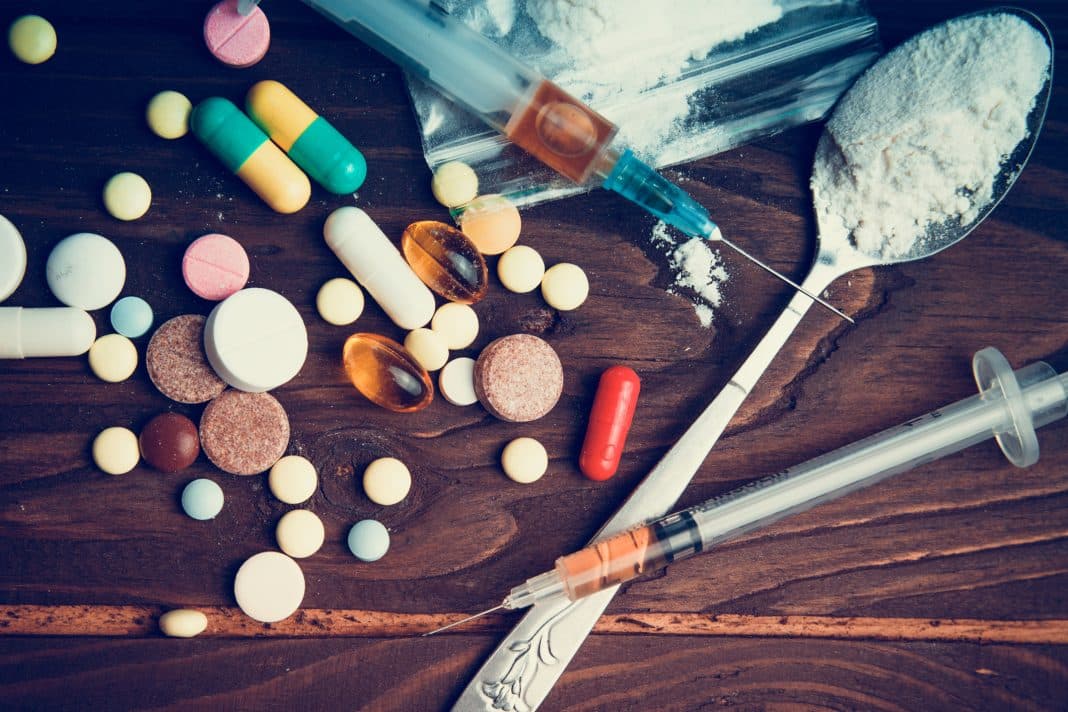COVID-19 restrictions led to many drug and alcohol treatment services expanding access to online services and telehealth appointments, a new report has found.
The Australian Institute of Health and Welfare‘s Alcohol and other drug treatment services in Australia annual report 2020–21 shows that the early months of the COVID-19 pandemic and new health regulations affected specialised services for alcohol and other drug treatment.
As restrictions eased in most jurisdictions, services resumed traditional practices, as the type of treatment and where it is delivered are interrelated.
The number of people supported by publicly funded alcohol and other drug treatment services remained steady at 139,300 in 2020–21, AIHW spokesperson Dr Gabrielle Phillips (PhD) said.
Of the 243,000 closed treatment episodes delivered throughout 2020–21, the most common were for counselling (38 per cent), followed by assessments (20 per cent).
Early in the pandemic, there was a 12 per cent increase in counselling, while rehabilitation treatment dropped by 29 per cent. As some rehabilitation treatment involves groups of people or requires specific settings, it could not be easily adapted to restrictions.
Most people (93 per cent) received treatment for their own drug or alcohol use, and the remainder received support for someone else’s drug or alcohol use.
Of those receiving treatment for their own drug or alcohol use, almost two-thirds (64 per cent) were aged under 40, whereas those aged 40 and over made up almost half (48 per cent) of people receiving treatment for someone else’s drug or alcohol use.
Across all states and territories, alcohol was the most common principal drug for which people received treatment.
“Alcohol has consistently been the most common drug that clients received treatment for since the collection began,” Dr Phillips said. “However, this has declined in relation to all other drugs”; for example, from 46 per cent in 2011–12 to 37 per cent in 2020–21.
The second most common drug treated was amphetamines, except in Queensland and the Northern Territory (both cannabis).
Amphetamines accounted for a quarter of all treatment episodes in 2020–21. The number of treatment episodes consistently grew from 2011–12 to 2019–20, but declined in 2020–21.
One in five treatment episodes were for cannabis (19 per cent), and treatment for heroin (4.6 per cent) continues to decline.



